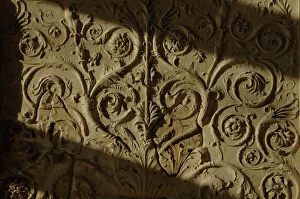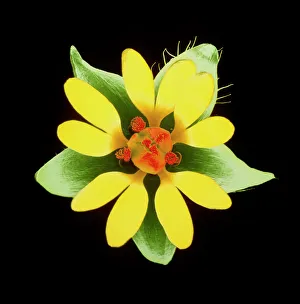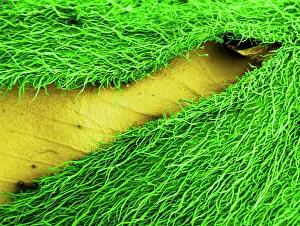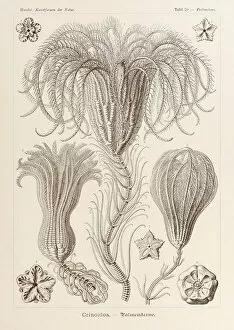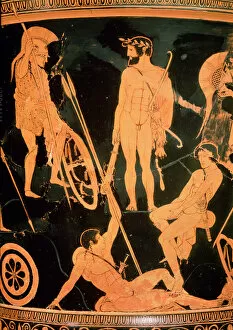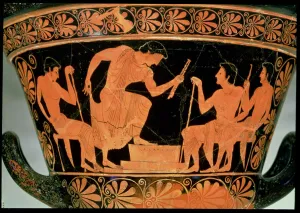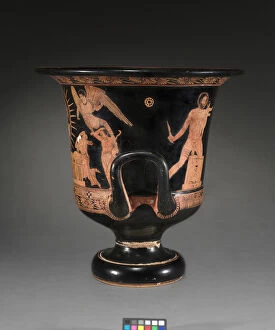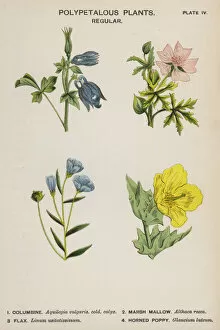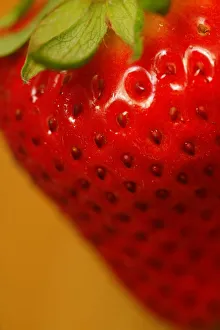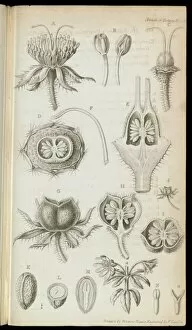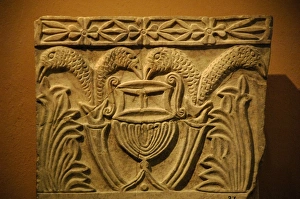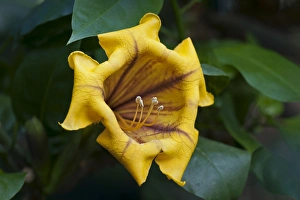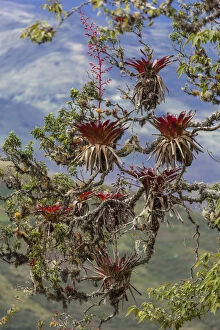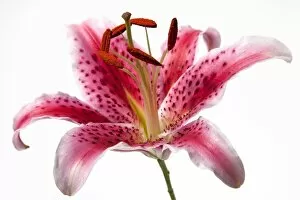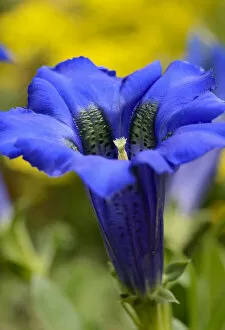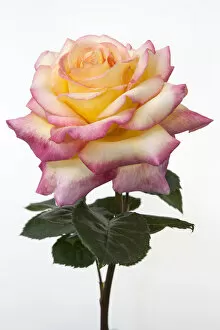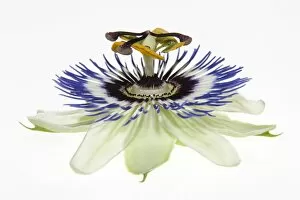Calyx Collection
The calyx, a term derived from the Latin word for cup or chalice, holds within it a world of beauty and significance
All Professionally Made to Order for Quick Shipping
The calyx, a term derived from the Latin word for cup or chalice, holds within it a world of beauty and significance. From ancient artifacts to intricate natural formations, the calyx has captivated human imagination throughout history. In the Ara Pacis Augustae, an altar dedicated to peace in ancient Rome, we find scrolling acanthus relief adorning its calyx-like structure. This delicate design showcases the mastery of craftsmen who sought to honor this symbol of tranquility. Traveling back even further in time, we encounter the Lucanian Calyx-Krater from 400 BC. Made out of earthenware, this vessel depicts scenes that transport us into ancient Greek mythology and daily life. Its intricate details tell stories of gods and mortals alike. But not all calyces are man-made; nature too boasts its own wonders. The flower of the chickweed reveals a delicate yet vibrant blossom nestled within its protective green sepals. Similarly, the gorse flower bud captured under a scanning electron microscope unveils intricate textures that hint at hidden marvels waiting to unfold. Ernst Haeckel's illustrations in Kunstformen der Natur showcase another facet of calyces - those found in marine organisms like Pentacrinus Crinoidea. These captivating creatures display stunning symmetry and elegance as their arms extend gracefully from their central body. Returning once more to Greek mythology, we encounter an Attic red-figure calyx-krater depicting the tragic death of Niobids - children slain by Apollo and Artemis due to their mother's hubris. This artwork serves as a reminder that even within tragedy lies artistic expression capable of evoking deep emotions. Through these various examples such as Lucanian Calyx-Kraters with their detailed depictions or microscopic views revealing hidden intricacies, we come face-to-face with both artistry and science intersecting around this enchanting form - the humble but awe-inspiring calyx.

